This article delves into effective benefits strategies for Baby Boomers, exploring their preferences and offering recommendations for engagement.
Understanding Baby Boomers
Baby Boomers were born between 1946 and 1964 and have played a significant role in shaping American society and the workforce. As the enrollment season approaches, it’s crucial to understand what motivates this generation, the benefits they value most, and their preferred methods of communication and learning.
Baby Boomer Profile
Boomers have unique characteristics that distinguish them from subsequent generations. According to The Washington Post, more Americans in their 60s and 70s are choosing to stay in the workforce—more than double the number in 1984. Additionally, many Boomers who retired early due to the pandemic returned to work to address financial issues.
Often seen as the “workaholics” of the American labor force, Boomers are driven by professional accomplishments, particularly in the later stages of their careers. Their motivations are often encapsulated by “the three P’s”: position, perks, and prestige.
Benefits Strategies for Baby Boomers
Baby Boomers tend to prioritize healthcare and financial benefits. Key benefits for this generation include medical, dental, vision, life insurance, and retirement savings assistance.
Tax-advantaged healthcare accounts, such as Flexible Spending Accounts (FSAs) and Health Savings Accounts (HSAs), can effectively address multiple Boomer interests. Contributions to FSAs and HSAs are tax-free and can be used for eligible medical expenses, protecting retirement savings. Moreover, an HSA can serve as an alternative retirement account, as funds can be withdrawn without penalty for any reason after age 65, similar to a 401(k).
Boomers who care for elderly parents or other dependents may appreciate a Dependent Care FSA. Flexible work schedules and remote working options are also popular among Boomers, as they are with other generations.
Interestingly, Baby Boomers have the highest average student loan balances, at $45,136 per borrower, surpassing even Gen X. Many Boomers pursued higher education later in life or supported their children and grandchildren with educational expenses. Student Loan Repayment Assistance plans that include Parent PLUS loans can be particularly attractive to this demographic.
Engaging Baby Boomers with Their Benefits
To ensure Baby Boomers are satisfied and make informed decisions about their benefits, they must communicate using methods they are most comfortable with. Boomers generally prefer personal communication, such as face-to-face and phone conversations, over digital methods. Many Boomers had families and careers by the time the internet became widely available, and their comfort level with technology varies.
Engaging Boomers with benefits fairs, meetings, and printed materials allows them to review and consider information before asking questions. This traditional approach to benefits engagement aligns with their social development, which often involves in-person interactions.


